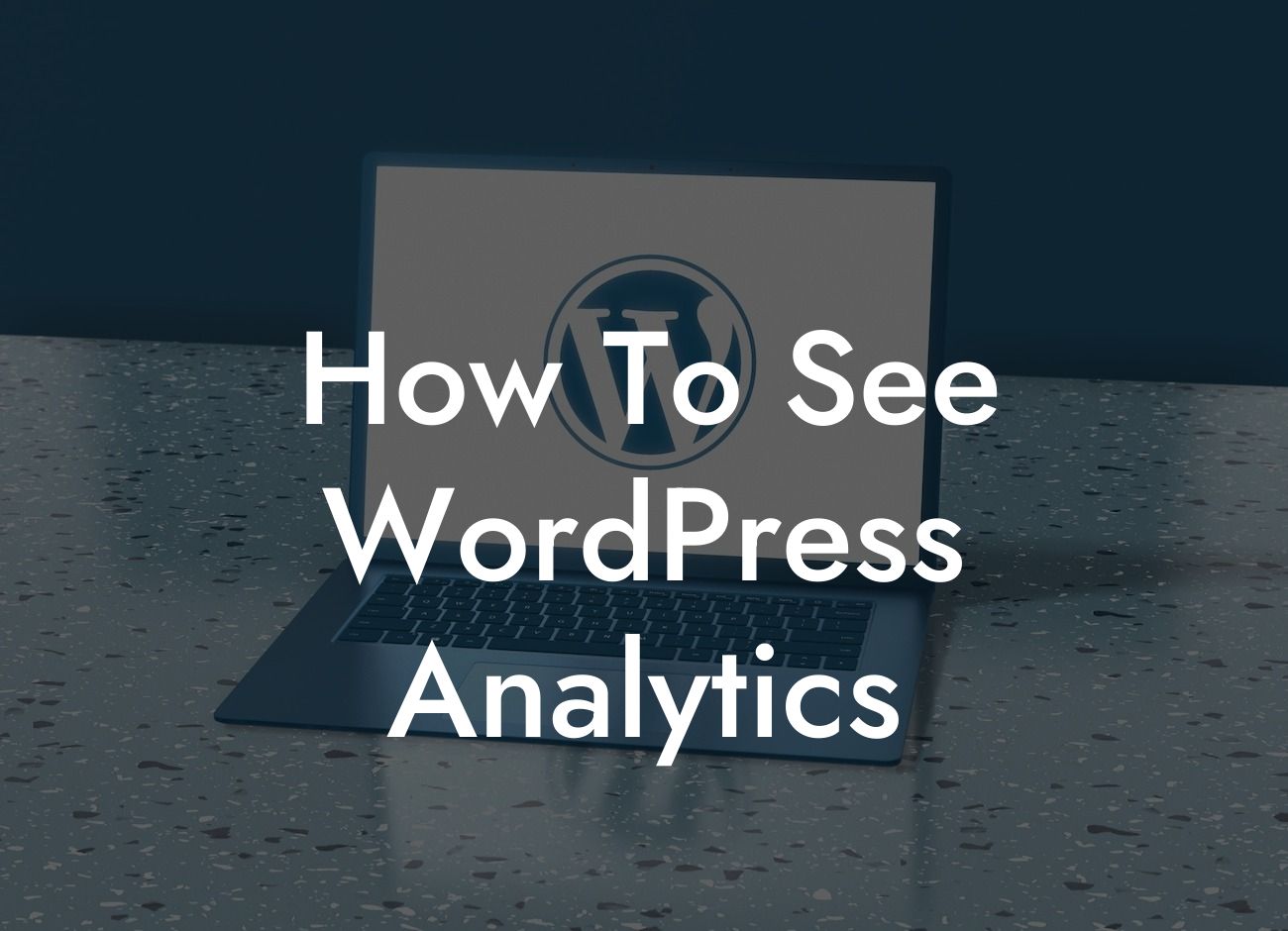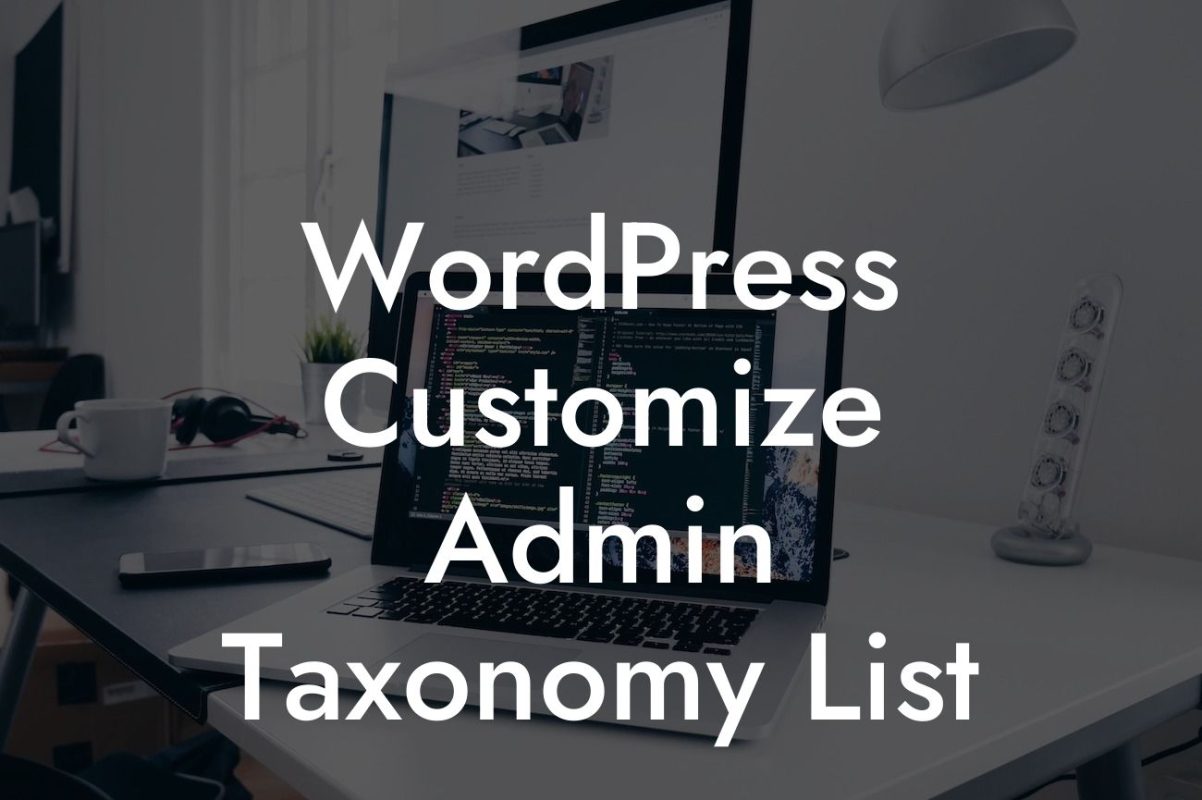WordPress has become the go-to platform for small businesses and entrepreneurs to establish their online presence. With its user-friendly interface and vast array of plugins, it provides the perfect foundation for creating a powerful website. However, just having a website is not enough. To truly supercharge your success, you need to gain valuable insights into your website's performance. This is where WordPress analytics come into play. In this article, we will unravel the mystery behind WordPress analytics and show you how to make the most of this invaluable tool.
WordPress analytics provide you with a wealth of information about your website's visitors, their behavior, and the overall performance of your site. By understanding these metrics, you can optimize your online presence and tailor your strategies to boost engagement and conversions. Let's dive into the steps to access and leverage these powerful analytics:
1. Installing an Analytics Plugin: To begin exploring your WordPress website's data, you need to install a reliable analytics plugin. There are numerous options available, but we highly recommend DamnWoo's WordPress Analytics plugin. Its user-friendly interface and comprehensive features make it the ideal choice for small businesses and entrepreneurs.
2. Configuring the Plugin: Once you have installed the plugin, it's time to configure it to suit your specific needs. Start by connecting your website to the analytics platform. DamnWoo's WordPress Analytics plugin seamlessly integrates with popular platforms like Google Analytics, providing you with an extensive range of tools to monitor and analyze your data.
3. Navigating the Analytics Dashboard: After the plugin is properly configured, you can access the analytics dashboard. Here, you will find a treasure trove of information, including real-time data, audience demographics, acquisition channels, and much more. Utilize the various sections to gain insights into your website's traffic patterns, popular pages, and user behavior.
Looking For a Custom QuickBook Integration?
4. Tracking Key Metrics: To effectively measure your website's performance, it's crucial to focus on key metrics such as pageviews, bounce rate, average session duration, and conversion rates. These metrics provide valuable insights into how users interact with your website and highlight areas for improvement. DamnWoo's WordPress Analytics plugin simplifies the process by presenting these metrics in a visually appealing and easily understandable manner.
5. Analyzing User Behavior: Understanding how users navigate through your website is vital for optimizing conversions. With WordPress analytics, you can track the user journey, identify popular content, and determine the effectiveness of your call-to-action buttons. Armed with this information, you can make data-driven decisions to enhance user experience and drive desired actions.
How To See Wordpress Analytics Example:
Imagine you run an e-commerce website selling handmade clothing. By utilizing WordPress analytics, you discover that a significant portion of your traffic comes from social media platforms. You further analyze the data and notice that users spend more time browsing your website after viewing a product image shared on Instagram. Armed with this knowledge, you decide to focus more on Instagram marketing, ensuring captivating product images that entice users to explore further and make a purchase.
Congratulations! You've delved into the world of WordPress analytics and gained the tools to drive your online success. Remember, data-driven decision making is the key to optimizing your website and achieving your business goals. Explore DamnWoo's portfolio of extraordinary plugins tailored for small businesses and entrepreneurs, and take your online presence to new heights. Don't forget to share this article with fellow entrepreneurs and website owners who can benefit from these valuable insights!













